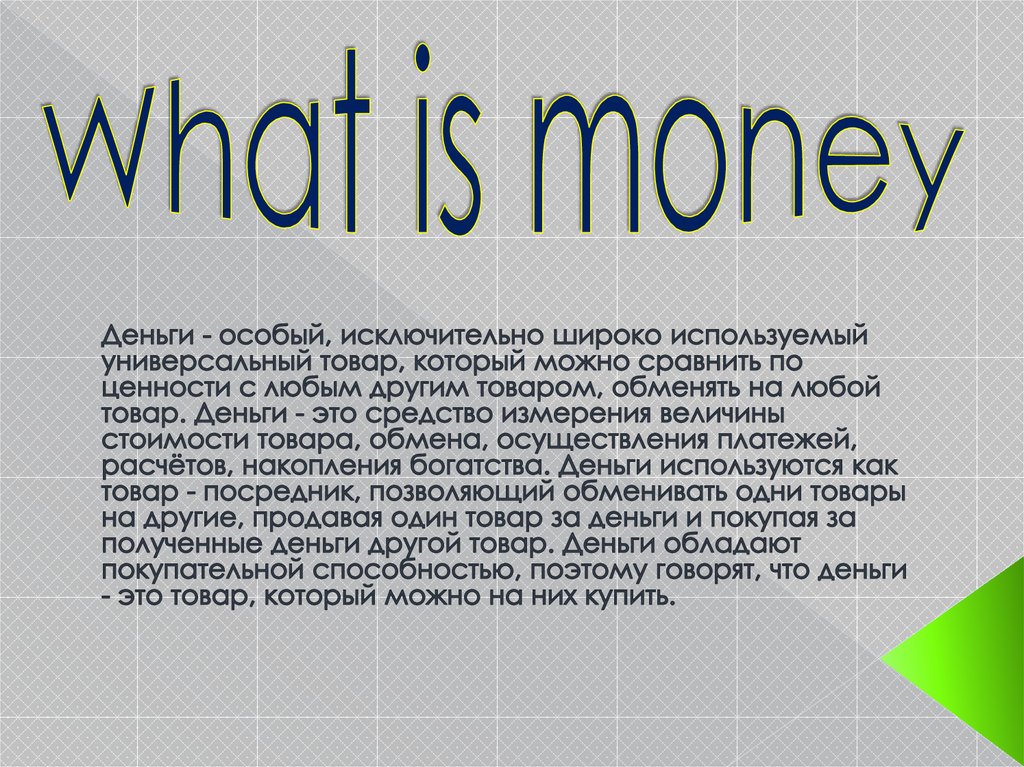
8 (951) 793-95-18
8 (908) 043-53-42
Ежедневно с 10 до 23Monopoly in Economics: Meaning, Examples, and Types
Мы всегда стараемся публиковать для вас интересные статьи, касающиеся таких тем как: татуировки, татуаж, заживление тату, модные тенденции, история тату и прочее. Если тебе интересно, оставайся с нами!

Contents
A monopoly has a negatively sloped demand curve, not a perfectly inelastic curve. Consequently, any price increase will result in the loss of some customers. Sometimes, a monopolist often sets the price of its product or service just above the average cost of production of the product/service. This monopolistic exploitation of labor can be criticized on the ground that lower wage payment is inevitable because of divergence between MRPL and VMPL.
Therefore, firms have the power to set prices as their desires. The demand slope in Monopoly is downward sloping, whereas, in a competitive market, the demand curve is flat. In a competitive market, a firm can sell as much as it wants at the market price. Irrespective of the market curve, in a competitive market with thousands of firms, the residual demand curve of an individual seller is mostly flat. At the same time, a monopolist would have to accept a lower price if it desires to sell a significantly high number of products.
- Antitrust cases can be prosecuted by state or federal governments.
- Also, this amounts to inefficiency in allocation because the price supersedes marginal costs.
- This encompasses the establishment of public corporations and other government enterprises.
This act dismantled monopolies including Standard Oil Company and the American Tobacco Company. The monopolist is protected by hurdles – obstacles to competition – that make it virtually impossible for others to enter the market. Believing that monopolies are examples of extreme cases of capitalism is a myth.
Sources of monopoly power
By European Union law, very large market shares raise a presumption that a company is dominant, which may be rebuttable. A market share of 100% may be very rare but it is still possible to be found and in fact it has been identified in some cases, for instance the AAMS v Commission case. Undertakings possessing market share that is lower than 100% but over 90% had also been found dominant, for example, Microsoft v Commission case.
No close substitutes – The monopolist produces a product or service that has no similar or close substitute. AC is the average cost curve and MC is the marginal cost curve. It can be seen from the diagram that up until OM output, the marginal revenue is greater than marginal cost, but beyond OM the marginal revenue is less than marginal cost.
Here, it is of immense use to quote that a monopolist is not obliged to sell a given amount of a commodity at a given price. This monopolistic market results from technological development. A firm can have the ability to produce at a lower cost per unit by improving its technique of production. This will make the firm afford to sell at lower prices than its competitors. In turn, other competitors will not be able to survive in the trade and industry, they will need to opt-out. Another factor is when a producer has a sound knowledge of certain secret processes of production.
Pure or perfect competition is a theoretical market structure in which a number of criteria such as perfect information and resource mobility are met. A natural monopoly develops in reliance on unique raw materials, technology, or specialization. Companies that havepatents or extensive research and development costs such as pharmaceutical companies are considered natural monopolies. Their offerings are not perfect substitutes, such as Visa and MasterCard. Other examples of monopolistic competition include retail stores, restaurants, and hair salons. There are no substitutes or close substitutes for the good or service sold by the monopolist.
In the US, the merger guidelines state that a post-merger HHI below 1000 is viewed as not concentrated while HHIs above that will provoke further review. Partial price discrimination can cause some customers who are inappropriately pooled with high price customers to be excluded from the market. For example, a poor student in the U.S. might be excluded from purchasing an economics textbook at the U.S. price, which the student may have been able to purchase at the Ethiopian price. Similarly, a wealthy student in Ethiopia may be able to or willing to buy at the U.S. price, though naturally would hide such a fact from the monopolist so as to pay the reduced third world price. These are deadweight losses and decrease a monopolist’s profits. Deadweight loss is considered detrimental to society and market participation.
This means forcing the monopolist to charge a price, often below profit maximising price. For example, in the UK the RPI – ‘X’ formula has been widely used to regulate the prices of the privatised utilities. In the formula, the RPI represents the current inflation rate and ‘X’ is a figure which is set at the expected efficiency gain, which the regulator believes would have existed in a competitive market. However, there is a dilemma with price controls because price-capping results in lower prices, but lower prices also deter entry into the market. The formula for water is RPI + K + U, where K is the price limit, and U is any unused ‘credit’ from previous years.
Monopoly Equilibrium and Laws of Costs:
When a Monopoly is established due to natural causes then it is called natural monopoly. To-day India has got Monopoly in mica production and Canada has got Monopoly in nickel production. These Monopoly natures has provided to these countries. Monopolist is guided by the motive of profit maximisation either by raising price or by expanding the scale of production. There must be strict barriers to the entry of new firms either in the market or to do production.

A company will shut down if price falls below minimum average variable costs. A monopoly market is a form of market where the whole supply of a product is controlled by a single seller. There are three essential conditions to be met to categorize a market as a monopoly market. A simple monopoly https://1investing.in/ firm charges a uniform price for its output sold to all the buyers. While a discriminating monopoly firm charges different prices for the same product to different buyers. A simple monopoly operates in a single market a discriminating monopoly operates in more than one market.
When monopoly firms start to grow, firms have difficulty in handling internal operations. As a result, the firm starts going downhill and it becomes difficult to survive the business. It has created a monopoly by being the most dynamic algorithm for search engine.
Resources created by teachers for teachers
This website is using a security service to protect itself from online attacks. The action you just performed triggered the security solution. There are several actions that could trigger this block including submitting a certain word or phrase, a SQL command or malformed data. In the case of long-run factors of production are variables. «Disney’s massive monopoly is troubling for the entertainment industry».

Being the price maker of the industry is their basic feature because it is the primary reason for its profits and equilibrium. It will give a more elaborate explanation of monopoly meaning in economics. Note that the discounts apply only to tickets not to concessions. The reason there is not any popcorn discount is that there is not any effective way to prevent resell. A profit maximizing theater owner maximizes concession sales by selling where marginal revenue equals marginal cost.
Ask an economics question
He will stop at that point beyond which additional units of production add more to cost than to revenue. In other words, the monopolist will be in equilibrium position at that level of output at which marginal revenue equals marginal cost. He will continue expanding output so long as marginal revenue exceeds marginal cost. He does so because profits will go on increasing as long as marginal revenue exceeds marginal cost. A monopoly market is characterized by the profit maximizer, price maker, high barriers to entry, single seller, and price discrimination.
It does not in itself determine whether an undertaking is dominant but work as an indicator of the states of the existing competition within the market. The Herfindahl-Hirschman Index is sometimes used to assess how competitive an meaning of monopoly in economics industry is. It sums up the squares of the individual market shares of all of the competitors within the market. The lower the total, the less concentrated the market and the higher the total, the more concentrated the market.

